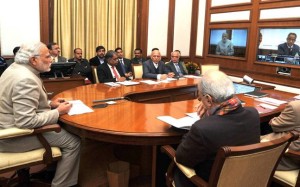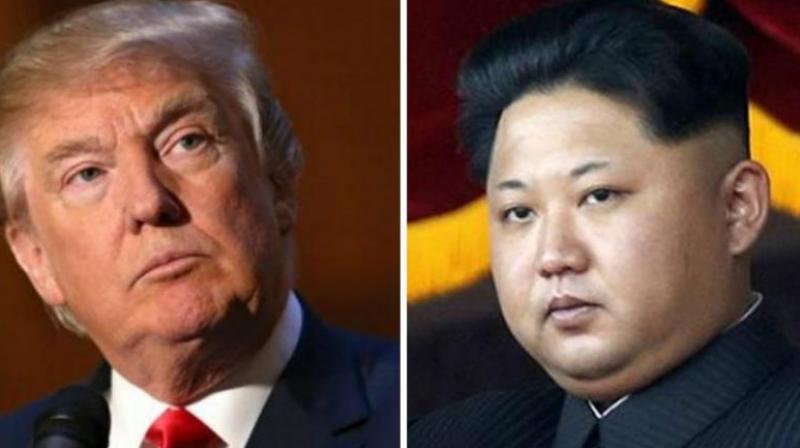How the Nehruvian ’empire’ aims to derail Modi

 The Nehruvian consensus was rudely shattered by an arriviste called Narendra Modi. The consensus had held firm for 67 years — from 1947 to 2014. What were its core principles? First, secularism. Second, socialism. Third, non-alignment. Fourth, dynasty. Just to make sure, Indira Gandhi injected the words “secularism” and “socialism” into the Constitution during, without a trace of irony, the Emergency.
The Nehruvian consensus was rudely shattered by an arriviste called Narendra Modi. The consensus had held firm for 67 years — from 1947 to 2014. What were its core principles? First, secularism. Second, socialism. Third, non-alignment. Fourth, dynasty. Just to make sure, Indira Gandhi injected the words “secularism” and “socialism” into the Constitution during, without a trace of irony, the Emergency.
Ecosystem
Even through the six Vajpayee years, 1998-2004, the consensus held. Its long duration nurtured an ecosystem composed of a curious amalgam: Marxist historians, Macaulay’s colonially-seduced bureaucrats, faux secular intellectuals, compromised journalists, and sycophantic politicians worshipping at the altar of the Nehru-Gandhi dynasty. These common threads formed the architecture of a secular, socialist democracy. Muslims were appeased, not empowered. They were kept in secular ghettos, paraded out every five years to vote for the Congress and its fairweather allies. Dalits were paid lip service. Like Muslims, they formed a rich vote catchment — however poverty-stricken they remained.
Poverty and socialism went hand-in-hand. While the GDP of countries in the rest of Asia — from Malaysia to Thailand — grew at over seven per cent a year through the 1960s, ’70 and ’80s, India crawled at the Nehruvian rate of growth (wrongly dubbed the “Hindu rate of growth”) of under three per cent a year. Had India’s GDP growth matched that of other Asian countries in that 25-year period, India’s economy would today be double its size. Per capita income would be nearer $3,000 than $1,500 and poverty levels below 10 per cent, not today’s 21 per cent. In short, 150 million more Indians would have been lifted out of the poverty they live in today.
The Nehruvian consensus was pregnant with good intent: Nehru himself was an honourable man if mistaken in the way he tackled Pakistan and China. He was colony’s child and allowed himself to be swayed more often than was good for India by the Anglo-German charms of Lord Mountbatten (whose original family name was Battenberg — “berg” is German for “mount”, hence the Anglicised surname). Though he was an excellent first PM of India and responsible for building a strong institutional architecture for a newly independent country, Nehru’s heirs in the Congress began distorting his legacy right from 1966 when daughter Indira, undeservedly, became prime minister. That set the example of dynastic politics which has spread through the body politic like a virus. It has today infected Indian governance with cronyism, feudalism and sycophancy.
Consensus
India’s intellectual elite, which often fell in line with the British during the Empire, dutifully fell in line with the Empire’s heirs. The Nehruvian consensus was blessed at birth by the British who had ensured India’s economy grew at less than 0.5 per cent a year during the British colonial occupation of India (again wrongly termed the British “Raj”, implying benign consent on the part of its subjects). The Nehruvian rate of growth between 1947 and 1991, though slow, was higher than during the previous 190 colonial years. Indians, always easily satisfied, were content. Through this period, socialism and secularism took firm political root. Muslims were appeased. Their backwardness endured and eventually led to resentment and radicalisation. A bankrupt treasury in 1991 forced PM Narasimha Rao and his finance minister, Manmohan Singh, under intense IMF pressure, to wring economic reforms out of a calcified system devoted to povertarianism.
And then along came Modi. During the 2014 Lok Sabha camp




